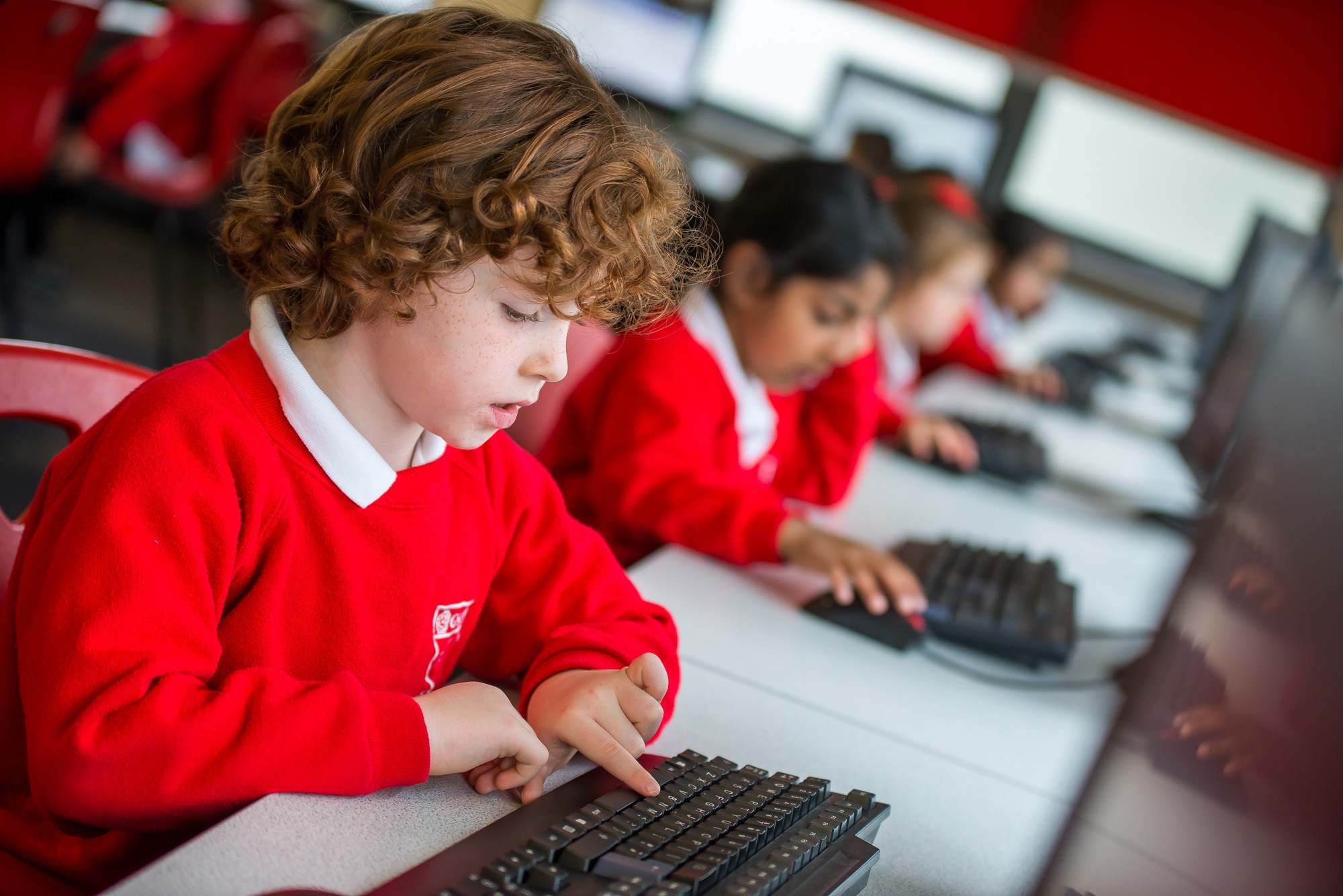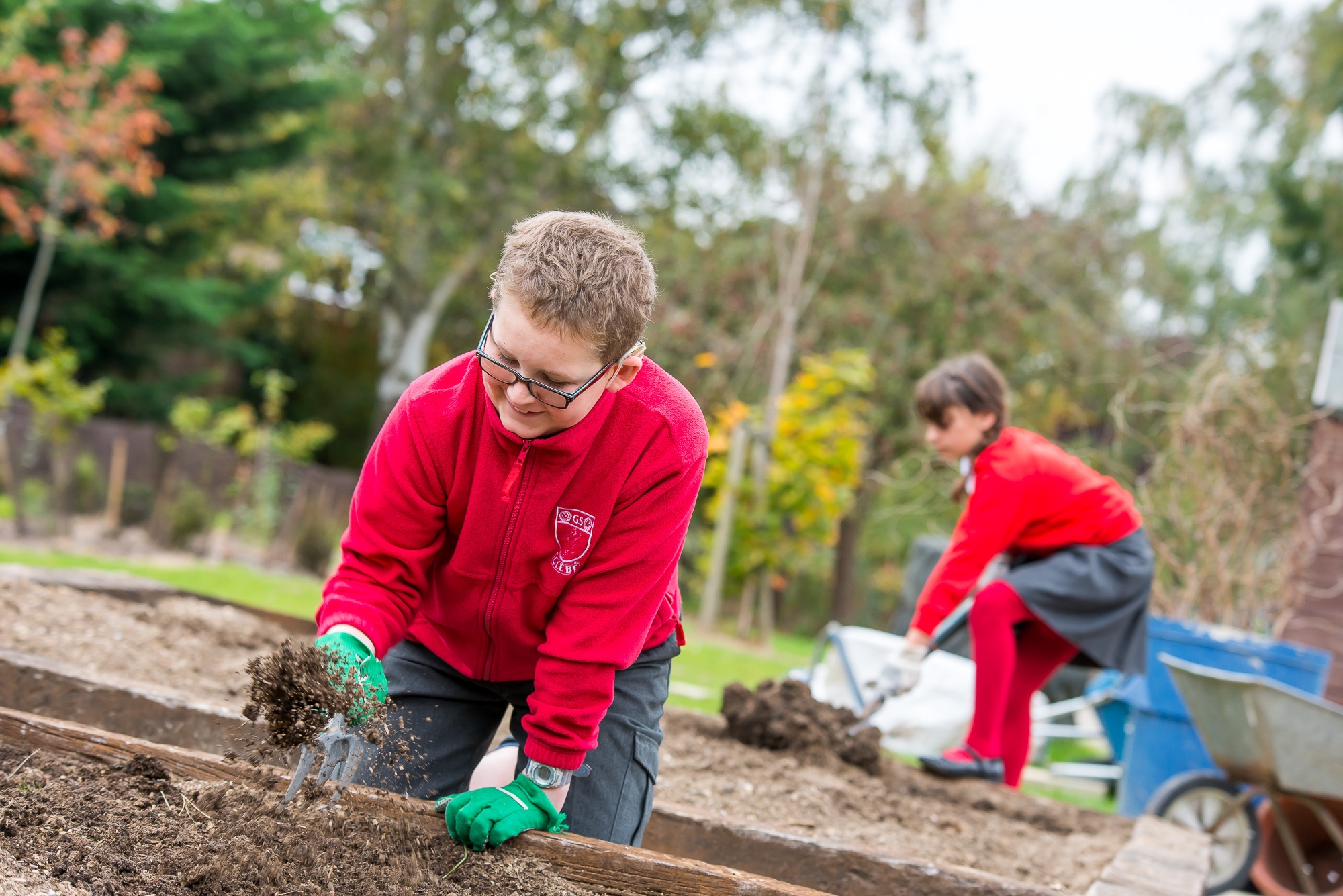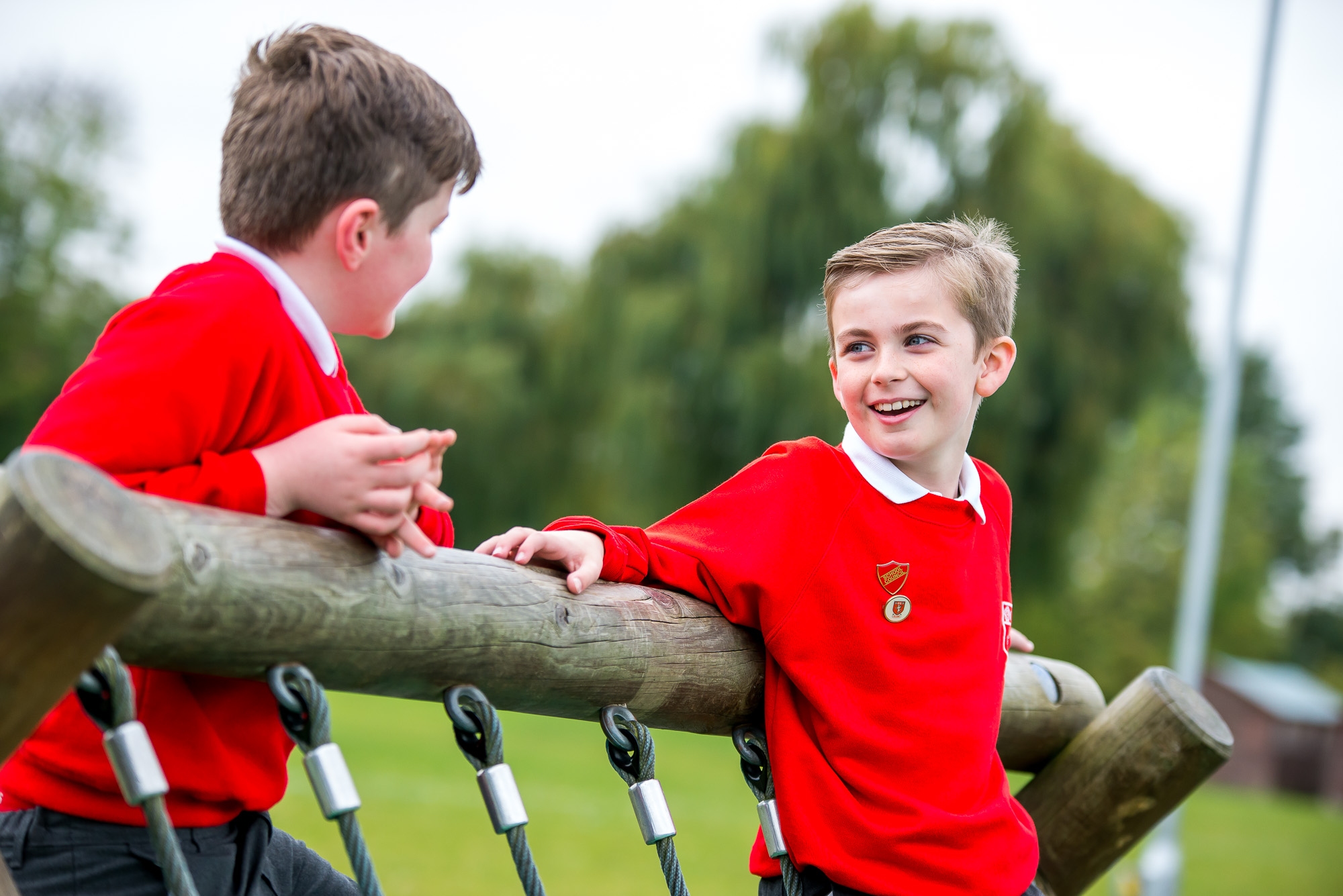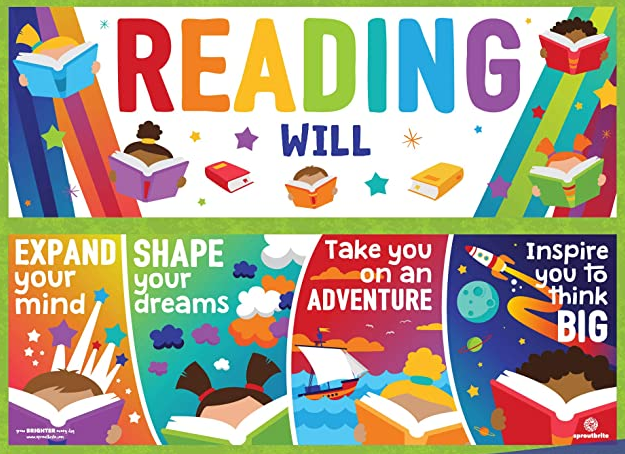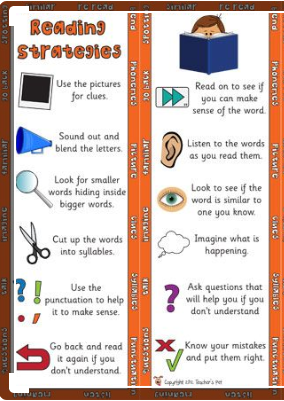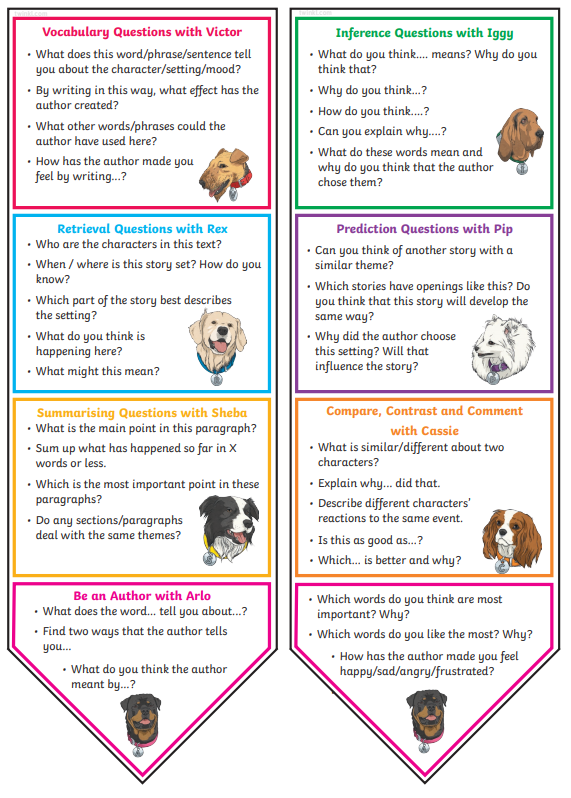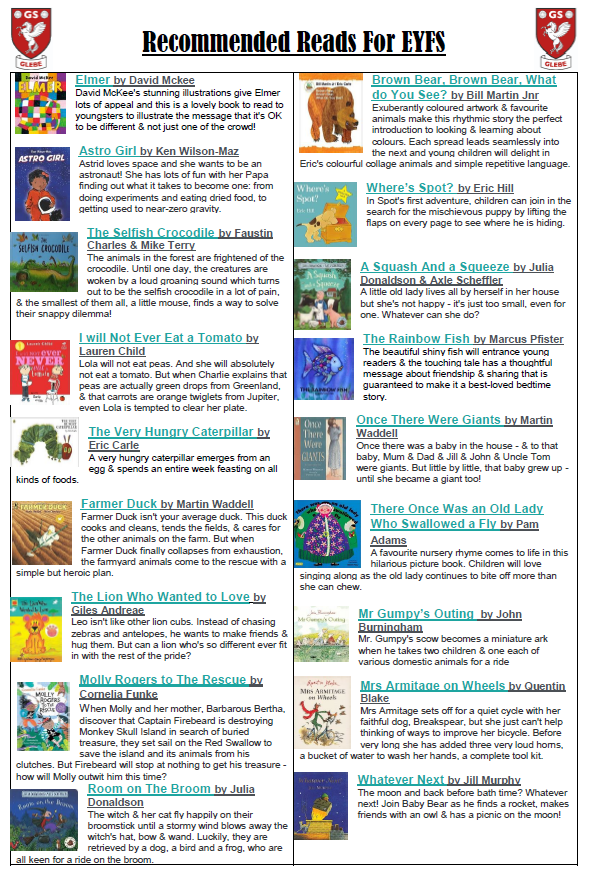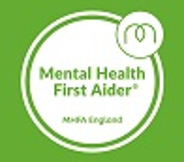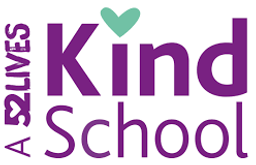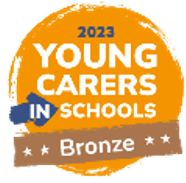How do we teach reading?
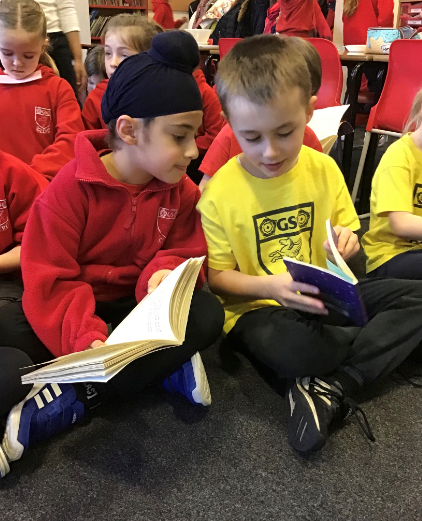 Reading is an important part of our daily school lessons and our aim is to ensure that every child who leaves the school does so as a capable and confident reader.
Reading is an important part of our daily school lessons and our aim is to ensure that every child who leaves the school does so as a capable and confident reader.
Reading Practice
For phonics, we follow the DFE validated phonic scheme, Little Wandle. As part of this scheme, each child who is reading phonetically decodable books (lilac to turquoise) participates in 2 -3 reading practice sessions a week, with a book directly matched to their phonetic knowledge. These are run in small groups, or no more than 6, with an adult leading each group. Each session has a different focus, either decoding, prosody or comprehension and the same text is used for all 2-3 sessions.
- Session 1: Decoding. This session focuses on decoding the text, with the children concentrating on applying their phonic knowledge and developing fluency when reading the words.
- Session 1 or 2: Prosody. Now that the children have practised decoding, and should be reading more fluently, they will re-read the same text focusing on reading with meaning, stress and intonation. This will first be modelled by the adult first. As children's confidence gains the decoding and prosody session is combined.
- Session 2 or 3: Comprehension – By this session the children should be automatically applying their decoding skills to read with greater accuracy and fluency, enabling their working memory to focus on comprehension. The purpose of the reading practice session for comprehension is to develop the children’s comprehension skills by using the reading content domains. These are:
-
Content domain reference KS1
1a draw on knowledge of vocabulary to understand texts 1b identify / explain key aspects of fiction and non-fiction texts, such as characters, events, titles and information 1c identify and explain the sequence of events in texts 1d make inferences from the text 1e predict what might happen on the basis of what has been read so far
Children will bring home a colour-banded book to share. This will be directly matched to their phonic ability.
Guided Reading
During Guided Reading lessons, there is a heavy focus on reading from a variety of high quality, language rich texts and genres by established authors. Additionally, where possible the work is linked to English lessons. Here, the focus is on reading for understanding and the teaching of reading techniques and skills and learning how meaning is conveyed through vocabulary and punctuation so that they can apply this in their written work.
Children read regularly in school; with a partner or in a small group which allows the teacher to hear more children read. We also spend time listening to children read on their own.
Content Domain Reference KS2 |
|
|---|---|
| 2a | give / explain the meaning of words in context |
| 2b | retrieve and record information / identify key details from fiction and non-fiction |
| 2c | summarise main ideas from more than one paragraph |
| 2d | make inferences from the text / explain and justify inferences with evidence from the text |
| 2e | predict what might happen from details stated and implied |
| 2f | identify / explain how information / narrative content is related and contributes to meaning as a whole |
| 2g | identify / explain how meaning is enhanced through choice of words and phrases |
| 2h | make comparisons within the text |
How can you help at home?
To encourage your child to read, we will expect that they will read to an adult a minimum of 3 times a week which should be recorded in their reading record.I
- Read with your child regularly. Just before bedtime may be a good time to sit quietly together. Make it a time that you both look forward to.
- Read to your child with enjoyment and expression and they will pick up on your enthusiasm and copy it in their own reading.
- Allow you child to read to siblings. Reading to younger siblings in particular, will help to increase their confidence and self-esteem.
- Do not read for too long. A short time spent happily is more valuable to both of you.
- Talk to your child about the book they are reading. Ask them to tell you what is happening in the story; ask them to tell you about the characters or to predict what may happen next, as it is important they understand what they are reading as well as being able to read the words.
- Your child does not always have to reads their school reading book. Any reading material is beneficial, including library books, articles in the newspaper, signs and labels. Things they are interested in will encourage them rather than put them off! It is also important for them to be exposed to different genres and text types.
- As your child reads to you or as you read to them, it is helpful to point to the words with your finger so that they can follow closely what is being read. This is especially important when your child is first starting to read.
- Remind your child to apply the skills learnt in phonics sessions.
- If your child is finding it hard to read their book, you can always read it to them, let them read it with you, or read a page to them and then get them to read it back to you.
- Encourage your child to read even if you cannot listen to them.
To help with this, we also ask that you also ask the children some questions on what they have just read. Please refer to the reading bookmarks that are attached to your child's reading record to support with this.
Example - Year 3 reading questions.
Recommended Reads:
Please click on the link below for suggested reads for each year group:



